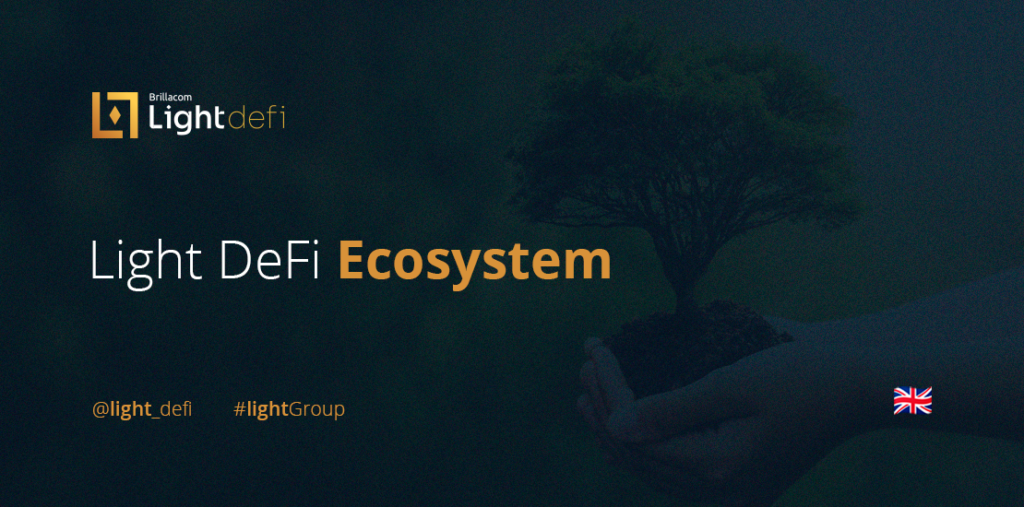How does Light DeFi (LIGHT) work?
Light DeFi (LIGHT) is a token developed using the blockchain technology of the Binance Smart Chain (BSC) network. With ten billion units, the sustainable cryptoactive has an innovative financing project for a photovoltaic plant.
In this article, you will understand how the Light DeFi (LIGHT) ecosystem works. As it is considered a Decentralized Finance (DeFi) project, the LIGHT token is traded through smart contracts and does not use data mining.
These smart contracts are maintained by a data validation mechanism known as Proof-of-Stake, which uses Light DeFi’s balance to complete transactions on the network.
In total, Light DeFi has a net fee of 10%, where 1% is used to ensure the liquidity of this active participation proof system. In addition to this percentage, a large part of the value of the grid fee will be used for the main part of the project, which consists of building a photovoltaic plant in Bahia.
That is, 5% of the grid fee is earmarked for a portfolio that will be used to finance sustainable energy production initiatives, such as a photovoltaic plant powered by solar energy.
With the capacity to produce up to 200 MegaWatts (MW) in the future, the photovoltaic plant may reach R$ 20 million in clean energy production obtained through solar panels.
As an utterly sustainable cycle, Light DeFi will use the electricity produced in the photovoltaic plant to generate revenue, which will be used to finance the project’s expansion, in addition to the redistribution of tokens.
Thus, with the revenue from the production of solar energy, 50% of the net profit will be reverted to investments in the photovoltaic plant itself, aiming at expansion. In addition to this percentage, 30% of this profit is proportionally redistributed among the Light DeFi (LIGHT) token holders.


